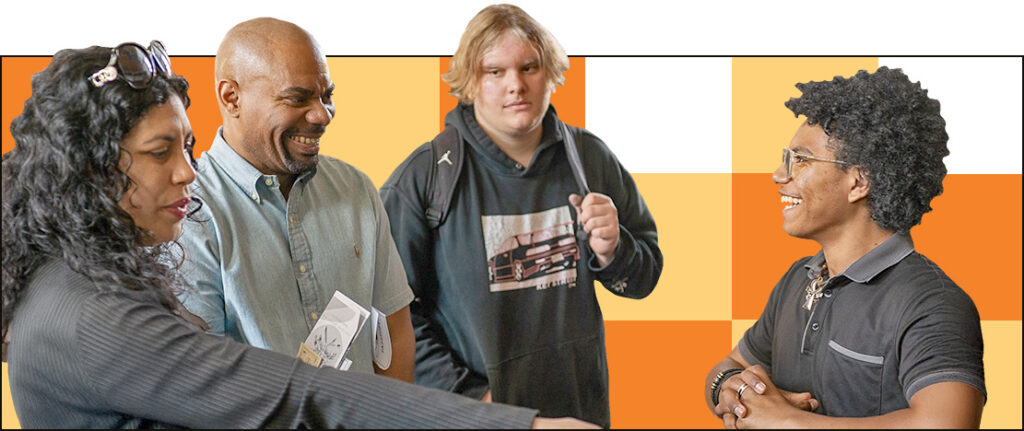


learn more about

learn more about

overview
partner with us
partner with us
events

events



learn more about

learn more about











The inspiration for this project came from a “thing biography” display at a Los Angeles bookstore, exploring topics ranging from salt to political ideologies, written from various disciplinary perspectives. We asked ourselves, Why not have students create ‘thing biographies’ that integrate chemistry and history, where they study elements and chemical compounds that played a role in historical and contemporary conflicts, and produce a beautiful book?
Working in pairs, students explored connections between a historical and a modern conflict. They explored a variety of topics, from the use of uranium during the Cold War arms race to the exploitation of coltan in the Congo today. They created copper etchings, conducted library research, wrote lengthy history chapters, and developed their own mini-projects related to a contemporary conflict. They also engaged in an extensive critique and editing process and had to satisfy a student-run editorial board before teachers even read their drafts. The book was displayed at exhibition night and is available at:
https://www.blurb.com/bookstore/detail/1841770
Having an early deadline allowed us to produce physical copies of the book in time for exhibition night, and gave us a couple of weeks to conduct oral exams that served as preparation for their exhibition night presentations.
My favorite part in the process of creating our final product was the editing phase. While some would find the task tedious and annoying, I found it interesting to read about the topics that the other students were exploring, watching the information in each paper grow and grow after every draft.
The amount of knowledge required to write an informed, detailed book chapter was immense. Absolute mastery of the content was necessary to meet the gold standard and get your work published. The challenge to draw connections and find lessons from a historical conflict and apply them to solve a modern day conflict was difficult, but it was satisfying to know that your solution was valid and rooted in well-researched facts.
—Wade Bruffey, 10th grade
To learn more visit Peter’s and Daisy’s digital portfolios at
https://dp.hightechhigh.org/~pjana & https://dp.hightechhigh.org/~dsharrock